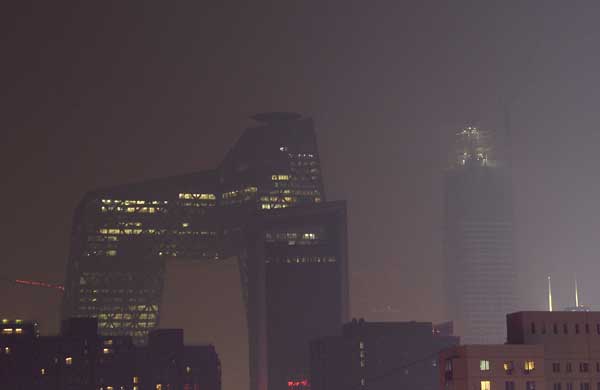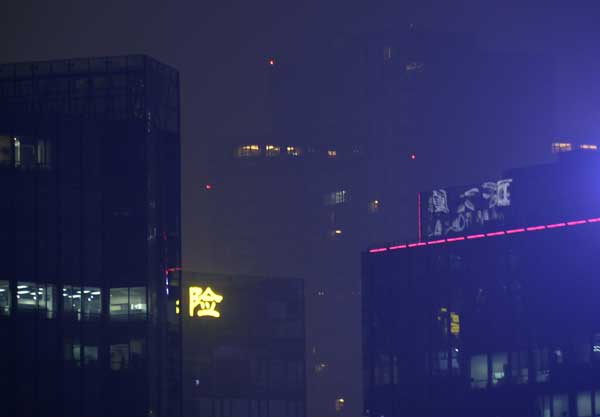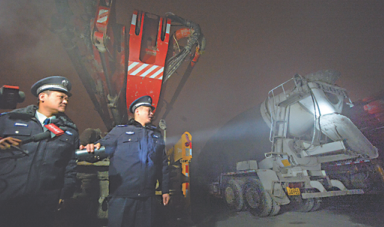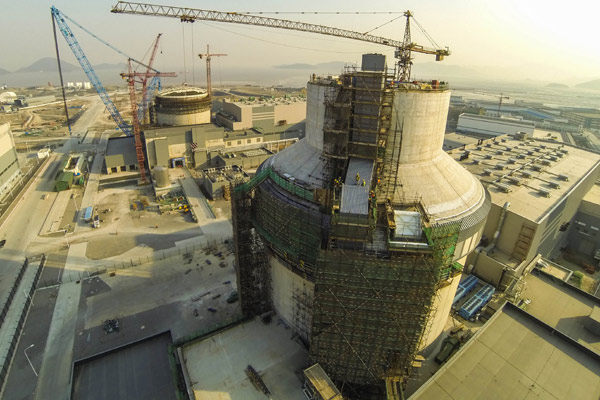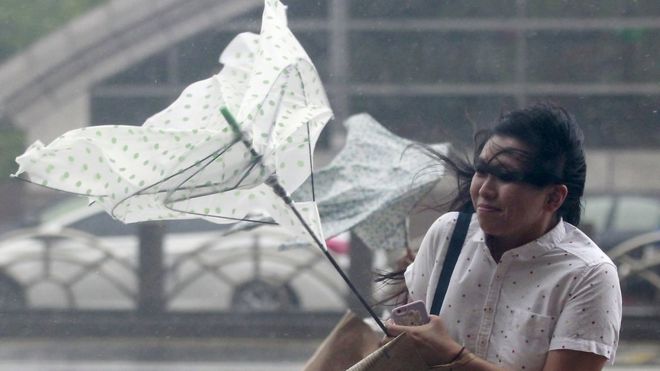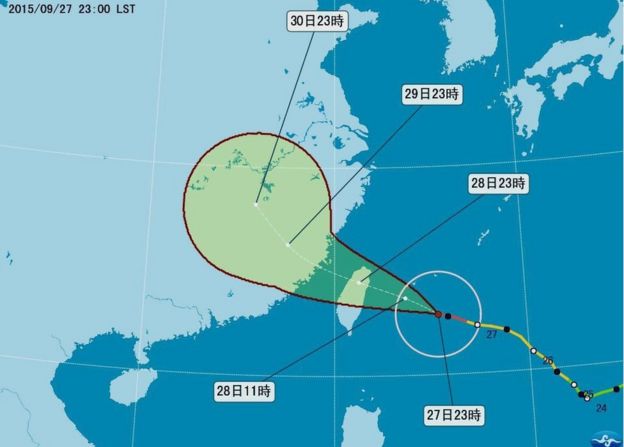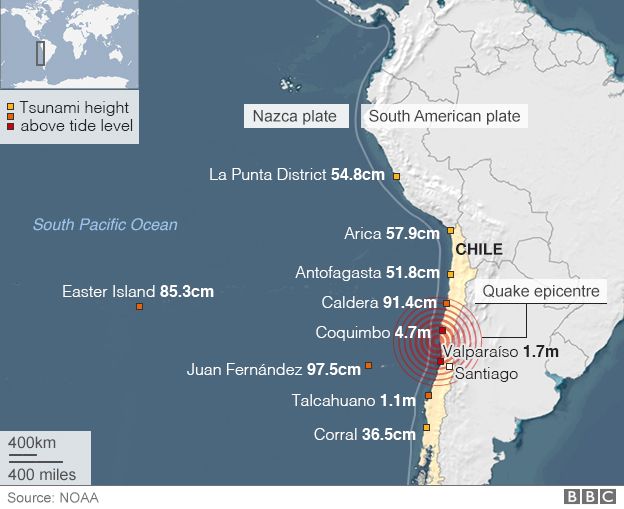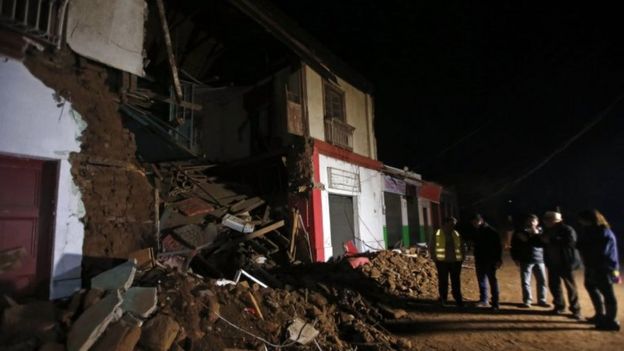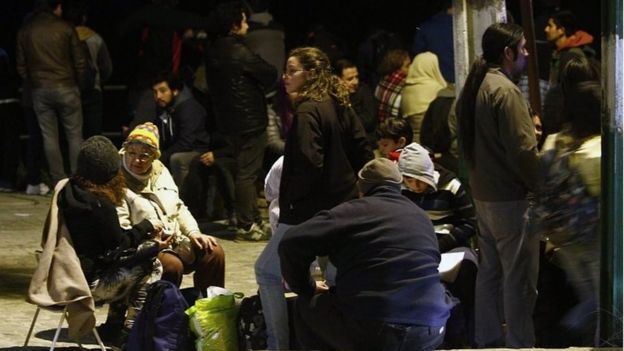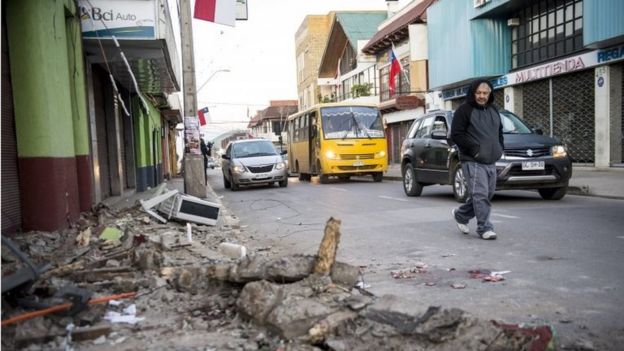At the age of 4, my daughter has become an environmental refugee.
To escape the heavy smog that started to blanket the capital city late Monday, my mother-in-law, 63, and my little girl, accompanied by my husband, boarded the train early Tuesday morning for my hometown of Nanjing, an eastern city about 1,000 kilometers away.
Unlike traditional tragic refugee trips, the journey was a happy one. Having no idea of all the possible hazards that smog could cause to her, my daughter appeared very chirpy at the railway station for being able to skip kindergarten for a few days, and in Nanjing, she could see her beloved grandmother.
"It's like a holiday. I like it!" she said.
"Do you know why Mom is sending you away?" I asked.
"It's so dirty here. The sky doesn't wash its face these days."
I'm now the only person in my family staying in Beijing. As expected, I will endure the smog for another two days, and possibly some more days when a new round of smog hits the city starting this weekend.
Sending my family away was a rush decision. After the red alert came on Monday evening, it took us five minutes to make the decision, another five minutes to book the train tickets by mobile phone, and 30 minutes to pack. At 6 am on Tuesday, while the sky was still dark, they departed.
"We cannot make any change (to the air quality), but we can escape," my husband said.
And I'm not alone. A friend of mine took her 2-year-old son to Shanghai on Tuesday, and another friend flew with her 10-year-old daughter to the southern city of Guangzhou, where a lovely safari park is located.
Travel agencies said there's an uptick in demand. Ctrip.com, an online travel service, said its sales of "Skip the Smog" packages have seen a 20 percent rise among Beijing residents. The trips range from nearby cities to as far away as Southeast Asian countries.
As the capital of China and an ancient city world famous for its Forbidden City and Great Wall, Beijing is now losing some appeal due to the lingering air pollution problem. Some of my friends, who were scared by the previous round of smog that pushed the city's PM2.5 reading above 1,000 micrograms per cubic meter last week, are seriously considering moving abroad.
"I know the government is making great efforts to improve the air quality and it is taking effect, but the progress will be slow and the harm is unalterable," said a college classmate of mine, who now runs a small private equity fund in Beijing and is considering going to the United States for investment immigration.
"I don't want any of my family members to end up with lung cancer."
I'm also starting to ponder whether settling in this city 15 years ago, amid the admiration and envy of my friends back in Nanjing, was a good choice.
At that time, I came to Beijing for the abundant chances brought by the country's rapid development, and now I'm sending my child away due to the consequences of this growth.
